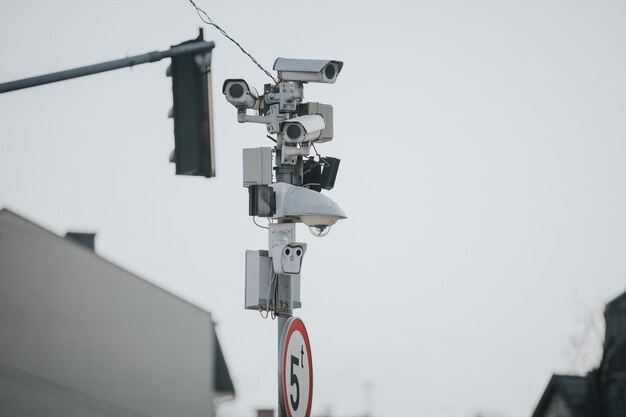
Sponsored article
In the ever-evolving landscape of perimeter security, dual-sensing technology has emerged as a game-changer. By combining multiple sensor inputs, this innovative approach offers superior accuracy and reliability, making it an essential component for safeguarding sensitive areas. As threats continue to evolve, the need for advanced technology becomes paramount. This article delves into the intricacies of dual-sensing technology, examining its benefits and applications in modern security systems.
Understanding dual-sensing technology plays a pivotal role in fortifying perimeter security. This cutting-edge approach integrates multiple sensors to deliver a comprehensive surveillance framework, effectively minimizing security vulnerabilities. By combining electro-optical and infrared capabilities, systems utilizing dual-sensing technology can accurately detect and track potential threats both day and night. Sensor integration is key to this process, merging distinct monitoring technologies to create a robust, unified security apparatus. One of the standout components in modern setups is the outdoor eoir camera, which seamlessly blends versatile imaging solutions to ensure high clarity and precision in various environmental conditions. Such innovations provide facilities with an ongoing assessment of their perimeter, alerting them to anomalies or intrusions across extensive landscapes. The integration of dual-sensing technology with other advanced systems, such as RF and radar, enhances the overall situational awareness, empowering security teams to proactively manage and respond to emerging threats.
Integrating dual-sensing technology into perimeter security systems offers a multitude of advantages, chief among them being enhanced security benefits through increased accuracy. By utilizing two distinct types of sensors, such as infrared and microwave, dual-sensing technology is capable of cross-referencing the data received from each sensor, thus significantly reducing the incidence of false alarms. This false alarm reduction is not only beneficial for minimizing unnecessary disturbances but also ensures that security personnel’s attention remains focused on actual threats, optimizing their efficiency. Furthermore, dual-sensing technology enhances the overall reliability of security systems. Unlike single-sensor setups, which may be vulnerable to environmental factors, dual-sensing configurations provide redundancy by relying on two different detection methodologies. This means that if one sensor is compromised or blocked, the other can still function effectively, ensuring continuous protection. Ultimately, the implementation of dual-sensing systems stands as a robust solution in modern perimeter security strategies.
Dual-sensing technology, often hailed as a breakthrough in modern security systems, offers a versatile range of applications across various industries, enhancing detection accuracy and system reliability. By integrating multiple sensor inputs, this technology provides robust solutions that are adaptable to numerous environments. In the industrial landscape, its applications are diverse, addressing dynamic security challenges effectively. Some notable industry applications include:
These real-world examples not only underscore the efficacy of dual-sensing technology in heightening security measures but also highlight its adaptability in enhancing industry-specific security systems.